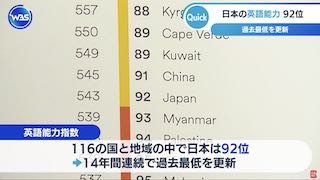Sep 11 (Nikkei) - Japan will likely see an excess supply of 10 million dwelling units in 2023, due partly to government housing policy through the 2000s that ignored falling demand caused by a shrinking population.
The glut will further aggravate the problem of unoccupied homes, which topped 8.49 million in 2018.
According to the Ministry of Internal Affairs and Communications, Japan had a total of 62.41 million dwelling units as of 2018. Nomura Research Institute expects the number will increase to as many as 65.46 million in 2023.
Meanwhile, the National Institute of Population and Social Security Research has forecast that the number of households will peak at 54.19 million in 2023. Households have continued to increase despite a falling population because more people are living alone thanks to increased longevity and the rising number of unmarried people.
But as the number of households stops growing, "the number of excess housing units could rise further to 20 million or 30 million," said Ken Miura, a professor at Kyoto University's graduate school of engineering.
Japan suffered an acute housing shortage from the end of World War II through the 1960s, prompting the government to enact legislation to promote homebuilding. As a result, the shortage ended by 1973, but the construction of new houses continued at a pace of over 1 million units a year through the 2000s. "It was a remnant of the high-growth era. Despite an expected decline in population, the government did not change its policy and pushed the housing industry to build more homes," Miura said. ...continue reading














